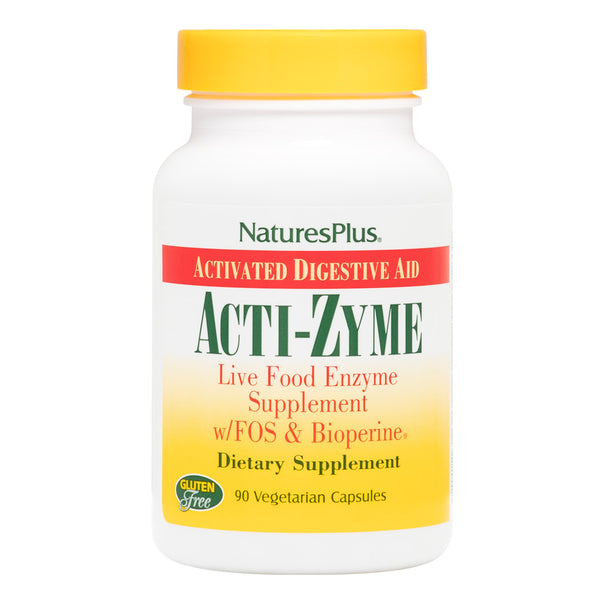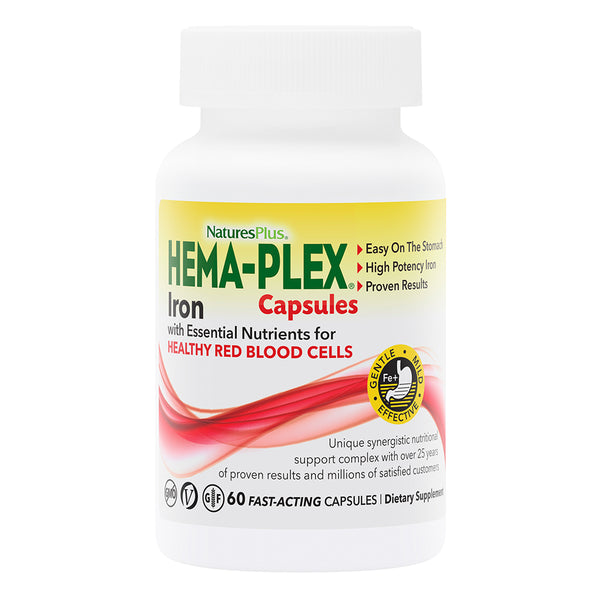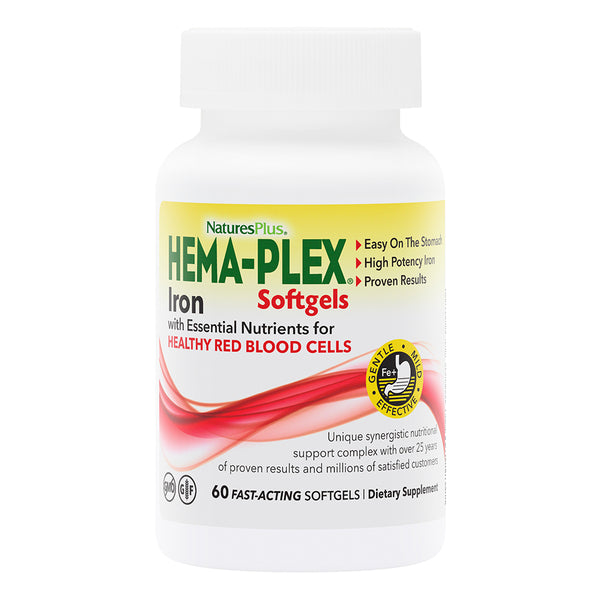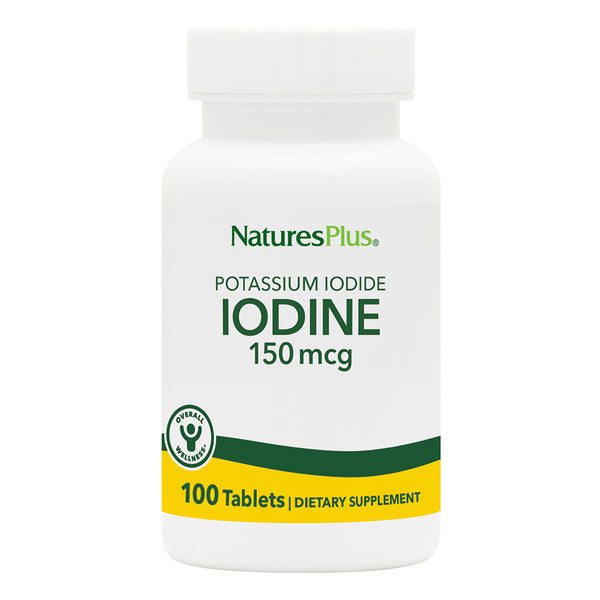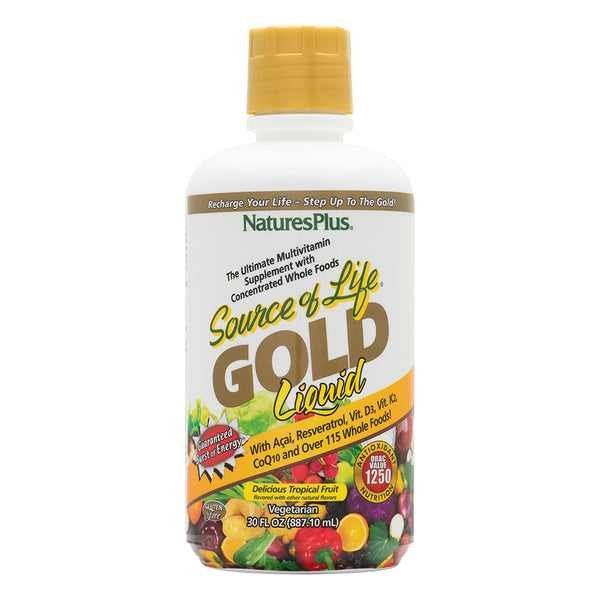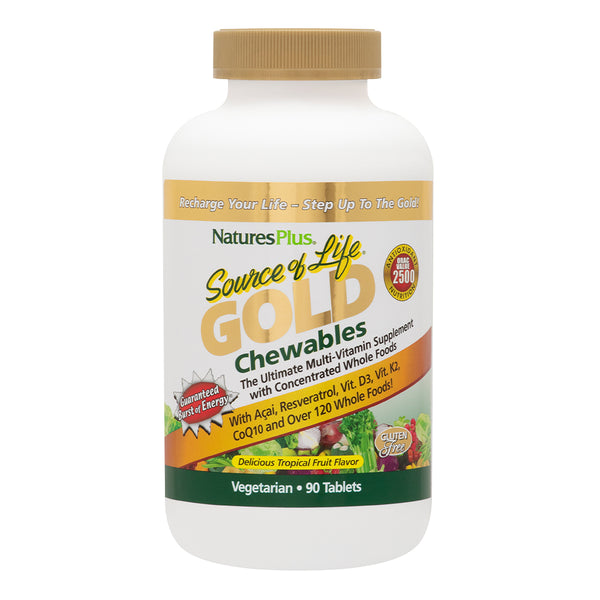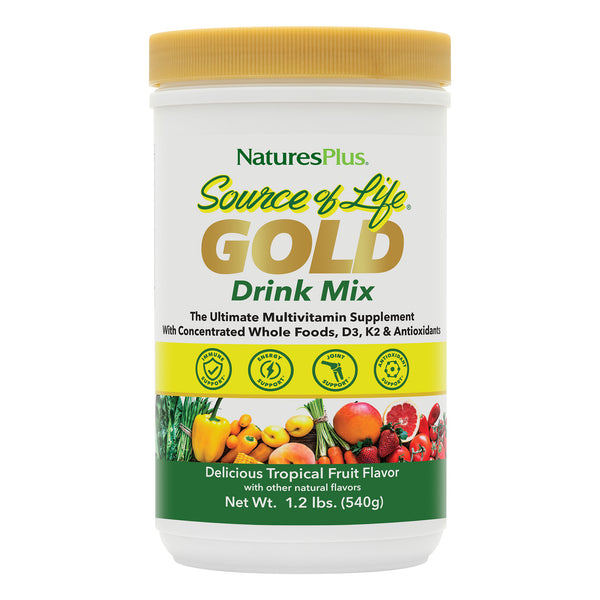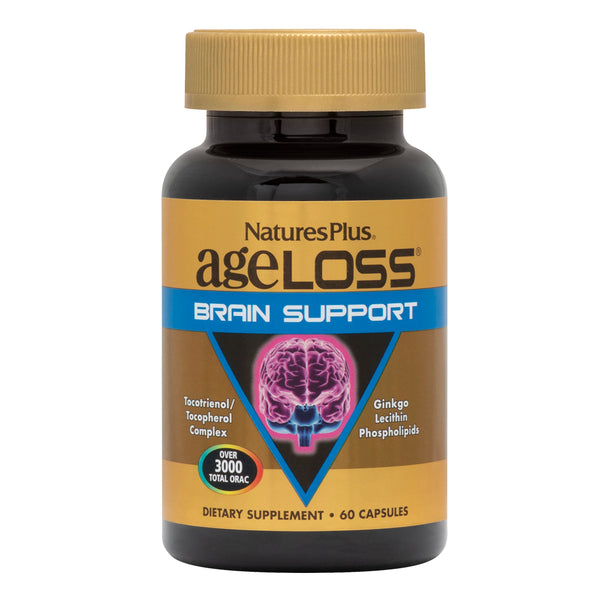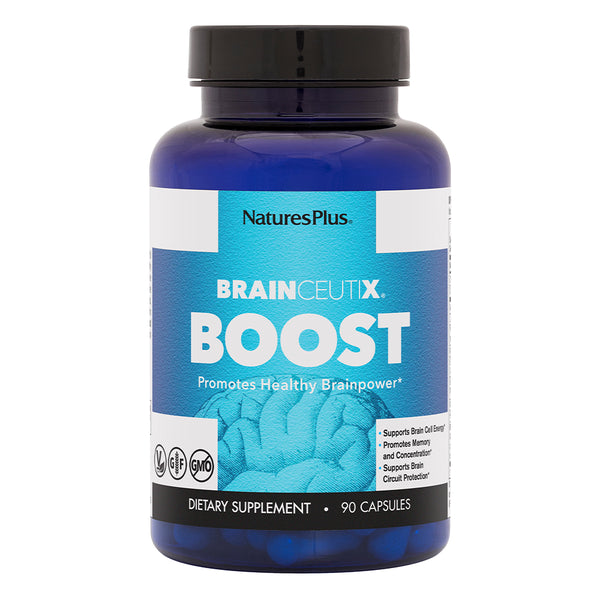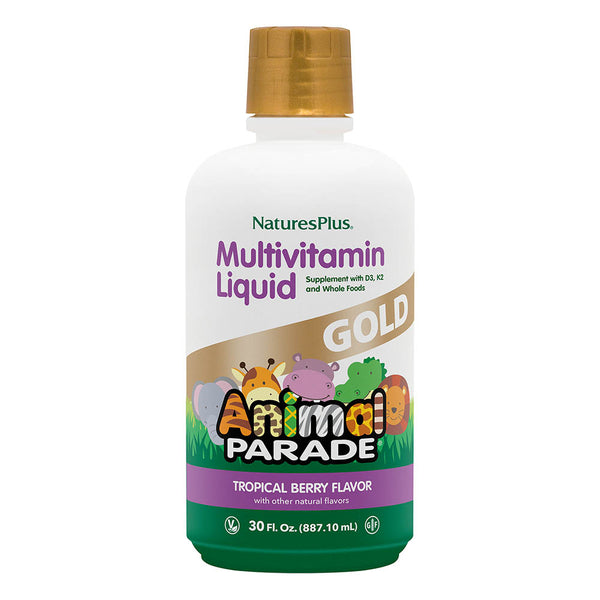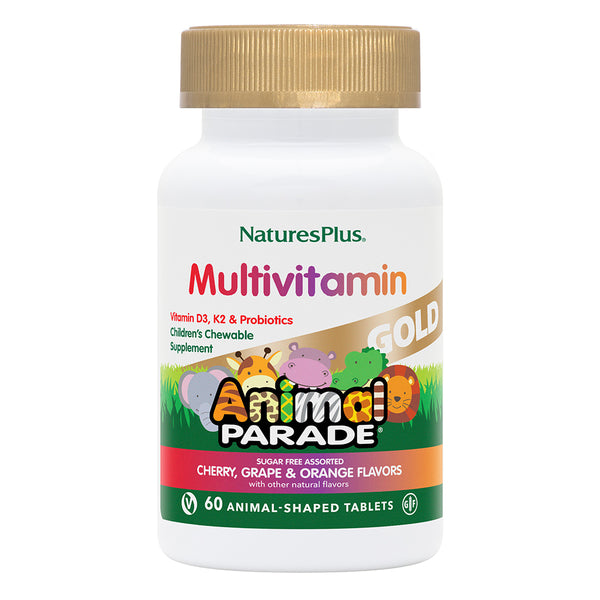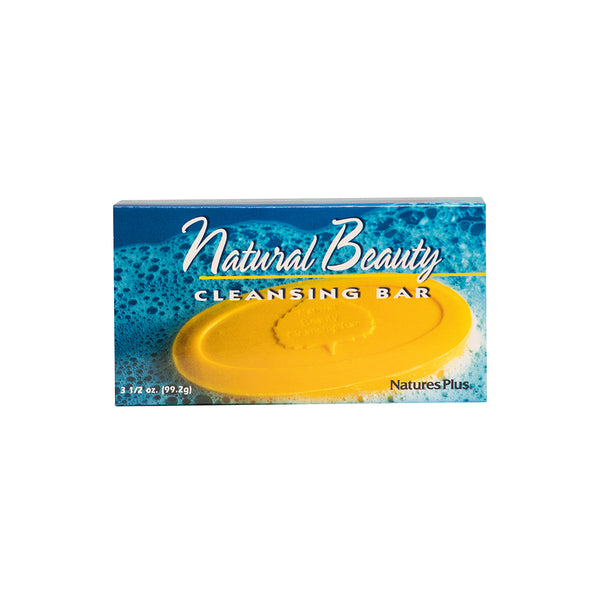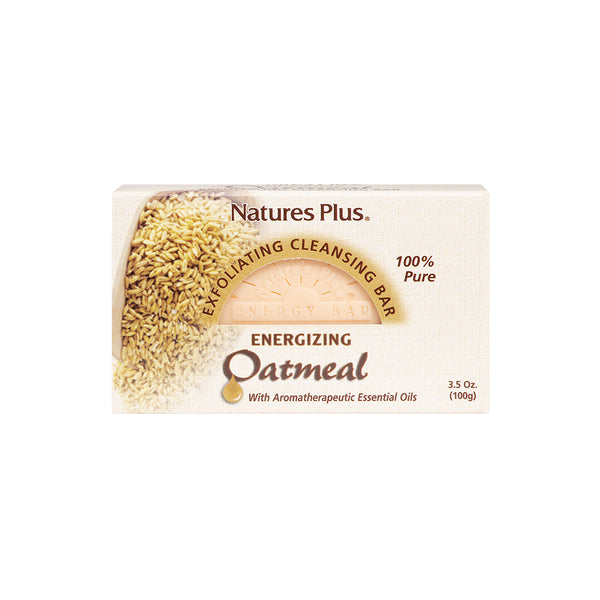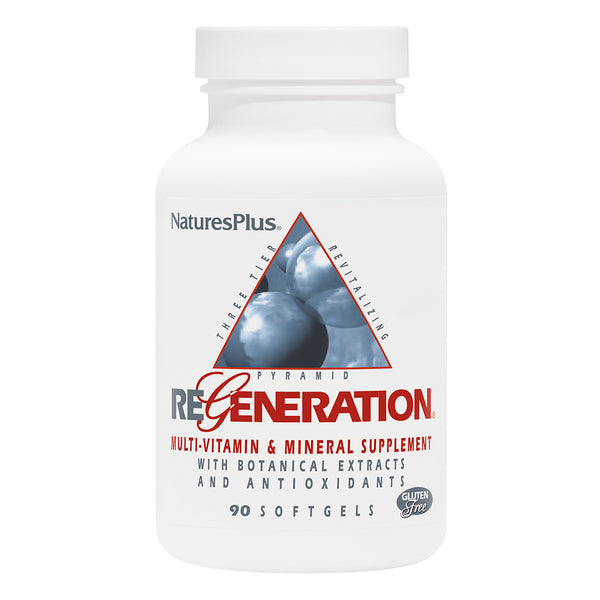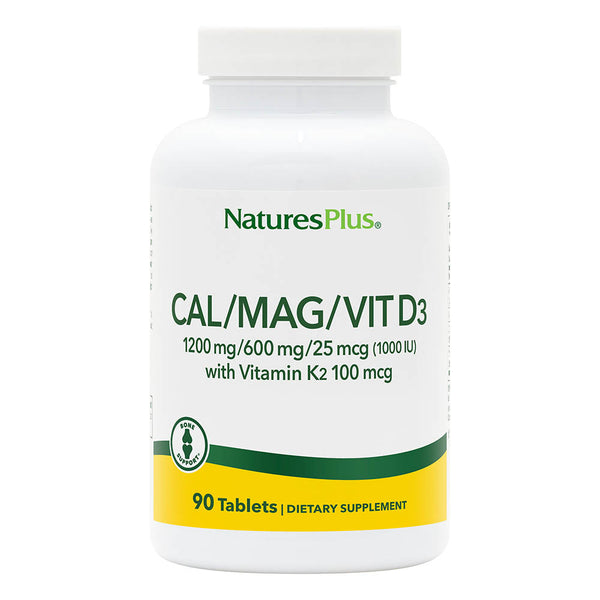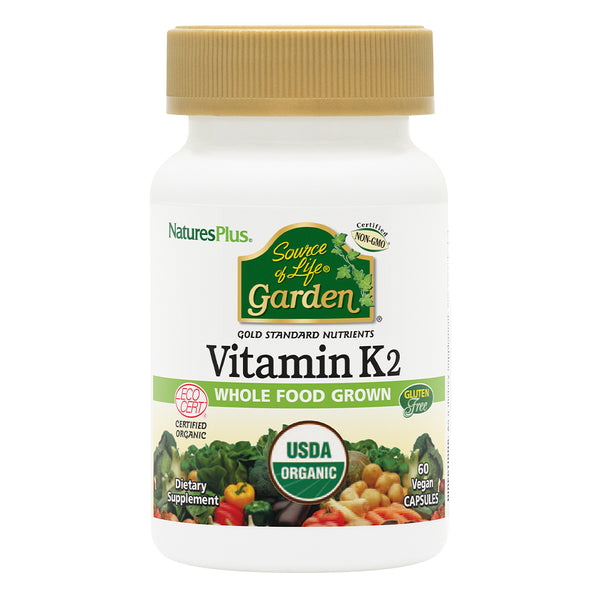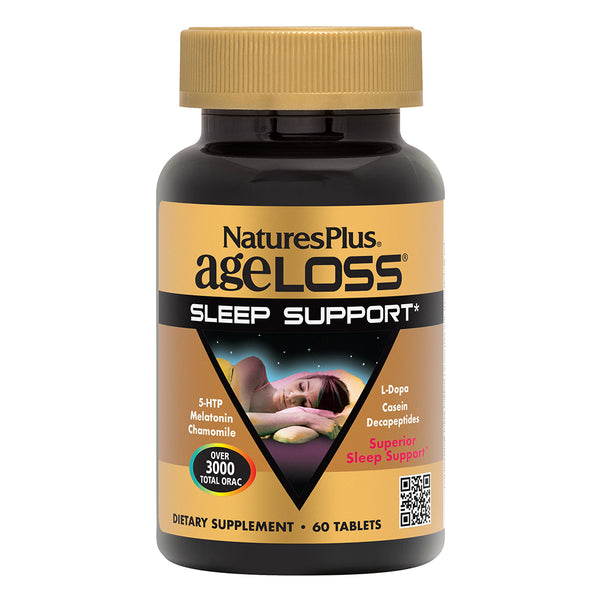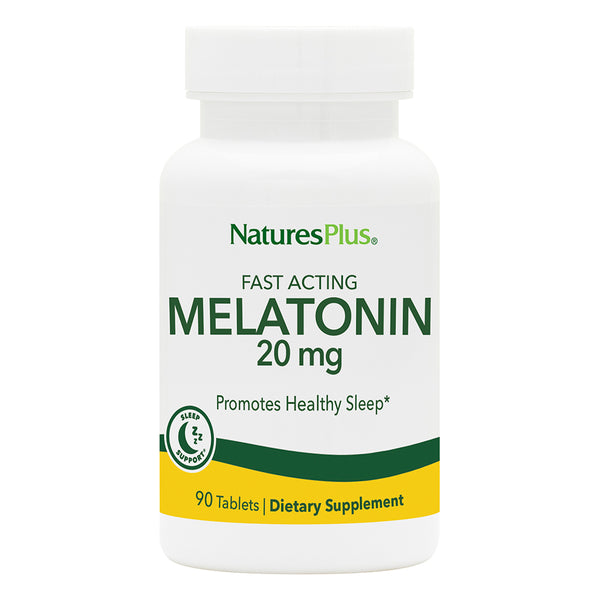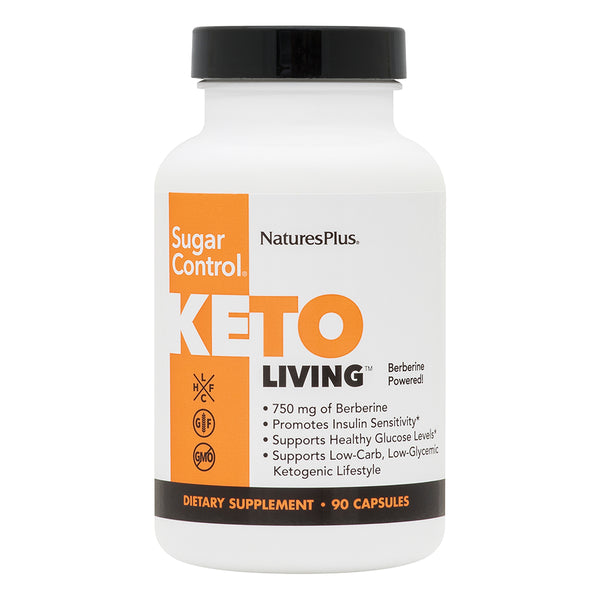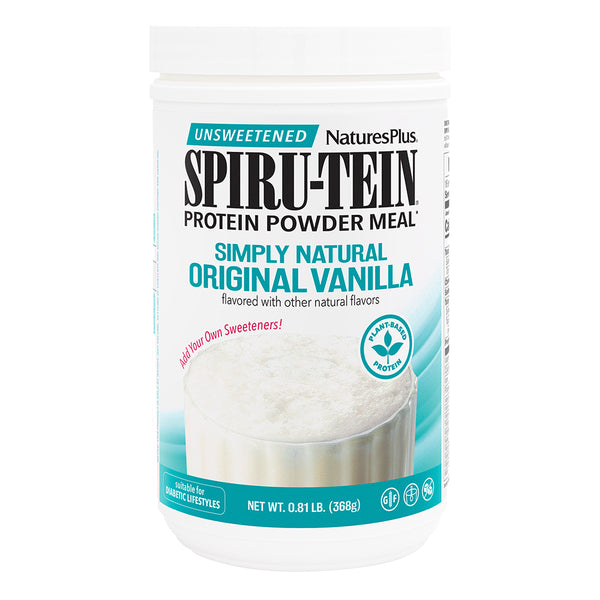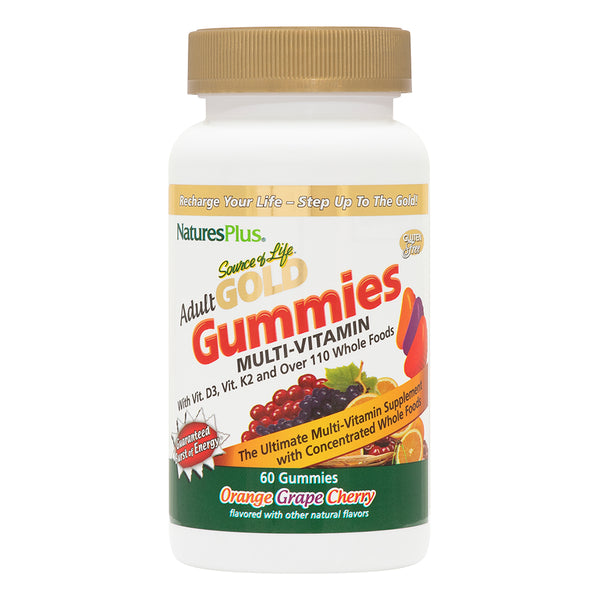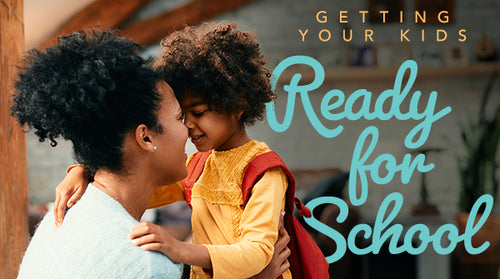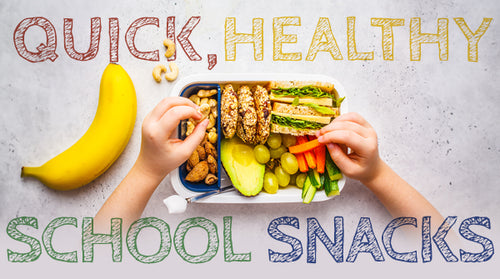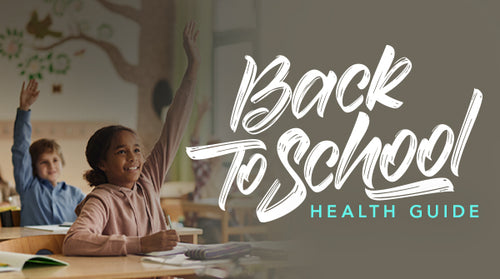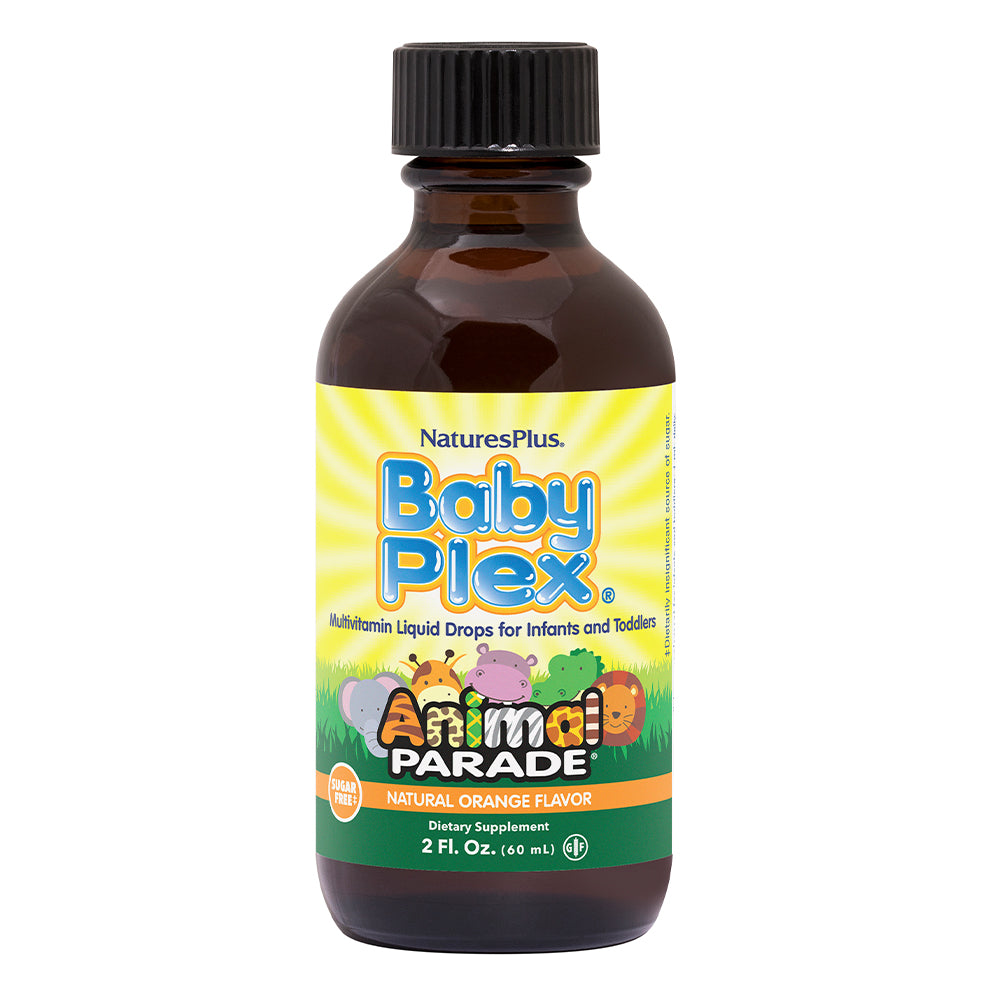When should your baby be walking? Talking? Start playing with toys?
While each child is unique, it’s only natural for parents, especially first-timers, to wonder if their child is on schedule in terms of passing various developmental signposts. Keeping track is not only exciting for parents—He’s rolling over! She’s crawling!—but also an important part of safeguarding your baby's well-being.
“Milestones matter!” says the Centers for Disease Control. “How your child plays, learns, speaks, acts and moves offers important clues about his or her development.”
One way to keep track of your little one’s progress is through an app developed by the CDC calledMilestone Tracker. Using the app “is fun and easy,” says CDC behavioral scientist Julia Abercrombie, MPH. “It encourages parents and providers to learn the signs of early development and take action when there’s a concern.”
The American Academy of Pediatrics recommends that “children be screened for general development using standardized, validated tools at 9, 18 and 30 months and for autism at 18 and 24 months or whenever a parent or provider has a concern.”†The information provided is not an endorsement of any product, and is intended for educational purposes only. NaturesPlus does not provide medical advice and does not offer diagnosis of any conditions. Current research on this topic is not conclusive and further research may be needed in order to prove the benefits described. The conditions and symptoms described may be indicative of serious health problems, and therefore should be brought to the attention of a qualified healthcare practitioner.
Here’s a list of some of the more notable milestones as provided by the CDC and the AAP.
At 1 Month, Children Generally:
- Make jerky, quivering arm thrusts
- Move head from side to side while lying on stomach
- Bring hands within range of eyes and mouth
- Focus 8 to 12 inches away
- Prefer the human face to other patterns
- Recognize some sounds
- Prefer sweet smells, avoid bitter or acidic ones
- Prefer soft to coarse sensations
At 2 Months, Children Generally:
- Can hold up head and turn towards sounds
- Start following objects with their eyes; recognize people at a distance
- Starts crying or fussing if engaged in one activity for too long
- Gurgle and coo
- Begin to smile
At 3–4 Months, Children Generally:
- Raise head and chest, and support upper body with arms, when lying on stomach
- Bring hand to mouth
- Swipe at dangling objects; grasp hand toys
- Watch faces intently; recognize familiar objects and people at a distance
- Follow moving objects; start using hands and eyes in coordination
- Start to babble and imitate some sounds
- Cry in different ways to show hunger, pain or tiredness
At 6–9 Months, Children Generally:
- Roll over; start to sit, eventually without support
- Rock back and forth on hands and knees; begin to crawl
- Pull up to stand; support weight on legs
- Show curiosity about objects in the area; start looking for hidden objects
- Move objects from one hand to the other; bring them to his or her mouth
- String vowels together; start making consonant sounds
- Respond to his or her name
- Like to look in a mirror
- Play with parents; have favorite toys
At 12 Months, Children Generally:
- Walk holding onto furniture (may take 2 or 3 steps unaided)
- Put objects into a container and take them out
- Let go of objects voluntarily
- Pay increasing attention to speech; respond to simple requests
- Use simple gestures, such as shaking head for “no”; imitate gestures
- Say “dada” and “mama”; use exclamations, such as “oh-oh!”
- Look at correct picture when the image is named
- Begin to use objects correctly (for example, drinking from a cup)
- Prefer mother and/or regular caregiver over all others; may be fearful in some situations
At 18–24 Months, Children Generally:
- Start to walk alone (up and down stairs with support); begin to run
- Climb onto and down from furniture unassisted
- Pull toys while walking
- May use one hand more frequently than the other
- Recognize names of familiar people, objects and body parts
- Build language skills, from single words to simple (two- to four-word) sentences
- Repeat words overheard in conversation; follow simple instructions
- Begin to sort by shapes and colors
- Begin make-believe play
- Imitate behavior of others, especially adults and older children
- Start showing independence and playing with other children
At 3–4 Years, Children Generally:
- Hop; stand on one foot for a few seconds
- Go up and down stairs without support
- Catch a bounced ball most of the time
- Climb and run easily
- Begin to copy some capital letters
- Start speaking clearly enough for strangers to understand
- Understand the concept of counting and may know a few numbers
- Follow three-part commands
- Recall parts of a story
- Understand the concept of same/different
- Engage in fantasy play; often cannot distinguish between fantasy and reality
- Cooperate with other children
- Dress and undress
- Show a wide range of emotions and concern for others in distress
- Separate more readily from parents, especially as time goes on
What If My Child Doesn’t Meet His/Her Milestones?
Speak to your pediatrician sooner than later.†The information provided is not an endorsement of any product, and is intended for educational purposes only. NaturesPlus does not provide medical advice and does not offer diagnosis of any conditions. Current research on this topic is not conclusive and further research may be needed in order to prove the benefits described. The conditions and symptoms described may be indicative of serious health problems, and therefore should be brought to the attention of a qualified healthcare practitioner.
“As a parent, you know your child best,” says the CDC. “Talk to your child’s doctor and share your concerns. Don’t wait—acting early can make a real difference!”
†The information provided is not an endorsement of any product, and is intended for educational purposes only. NaturesPlus does not provide medical advice and does not offer diagnosis of any conditions. Current research on this topic is not conclusive and further research may be needed in order to prove the benefits described. The conditions and symptoms described may be indicative of serious health problems, and therefore should be brought to the attention of a qualified healthcare practitioner.The information provided is not an endorsement of any product, and is intended for educational purposes only. NaturesPlus does not provide medical advice and does not offer diagnosis of any conditions. Current research on this topic is not conclusive and further research may be needed in order to prove the benefits described.
The conditions and symptoms described may be indicative of serious health problems, and therefore should be brought to the attention of a qualified healthcare practitioner.
Like this article? You’ll love our weekly newsletter
sign up here!
**These statements have not been evaluated by the Food and Drug Administration. This product is not intended to diagnose, treat, cure or prevent any disease.

